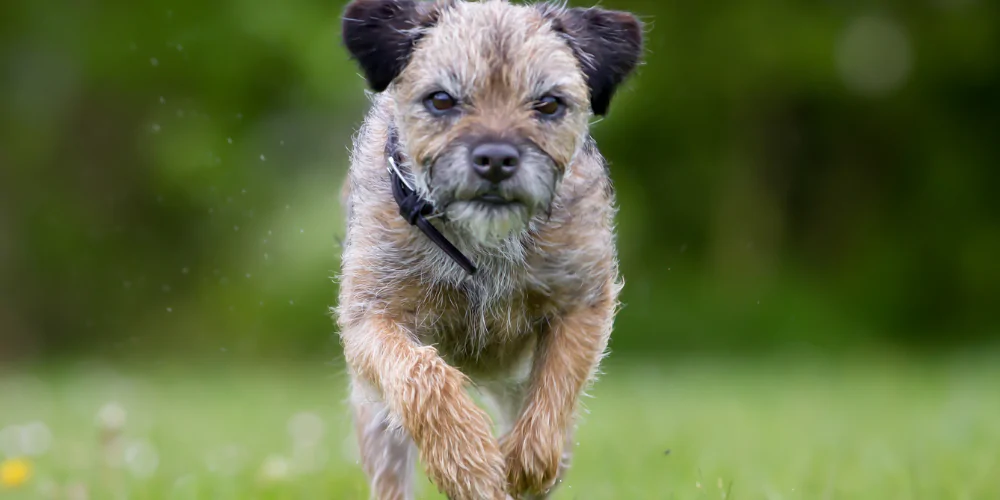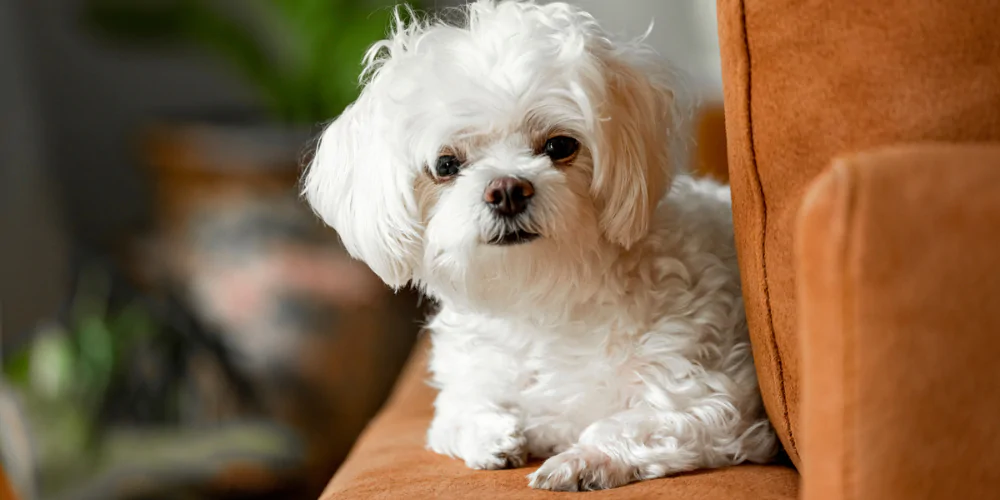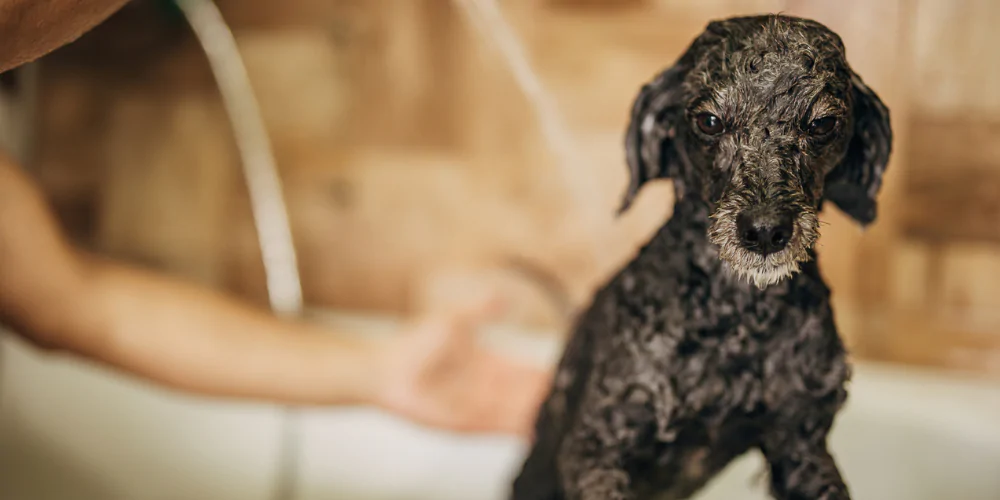
Your guide to hypoallergenic dogs

Dr Jessica May, FirstVet vet
26 November 2021 | 5 minutes read
Are pesky allergies stopping you from becoming a dog owner? Dream of the day you’ll find a pooch that won’t perturb your peepers or set off your sinuses? In that case, may we welcome you to the world of hypoallergenic dogs!
A low or non-shedding dog may be an option for all you wannabe pawrents out there who have an allergic reaction to certain breeds. FirstVet vet Dr Jessica May looks at what we mean by a ‘hypoallergenic dog’ and which canines may be more allergy-friendly.

What is a hypoallergenic dog?
Ok, we’ll level with you – no dog is completely allergy-free. When we say a ‘hypoallergenic dog’, we’re talking about a breed that’s less likely to trigger your symptoms or cause a less severe reaction. If you normally only have a mild allergic response to a dog, you may even find that you don’t suffer any symptoms at all with a hypoallergenic breed.
So, why is it that symptoms are reduced and not eliminated completely?
It’s a common misconception that a dog’s fur sets off your symptoms. Actually, it’s the various proteins they carry in their saliva and dander that are guilty. As you may have guessed, every dog carries these allergens, so there’s no way to fully escape them.
On a pawsitive note, hypoallergenic dogs tend to shed less than others, which means you have less dander hanging around the house to cause a reaction.

Which breeds are the best dogs for allergies?
Here’s even more tail-wagging news – there are actually quite a few dog breeds that fall under the hypoallergenic category.
Be warned, though, that choosing the best dog for your family is not just about how it may affect your allergies. You’ll also need to do lots more research around the breed to make sure it’s the right fit. There’s many considerations, from its temperament to its exercise needs and whether there are any breed-specific health risks, to name but a few.
To get you started on the right track for finding an allergy-friendly canine, let’s take a look at what low-shedding and non-shedding dogs are out there.
> Small hypoallergenic dogs
They may be petite, but they certainly have big hearts. Plus, they often think they’re bigger than they actually are (small dog syndrome, anyone?). If you live in a flat or modest-sized house with a compact garden, you may be in search of a small hypoallergenic dog. Some examples include:
- Basenji
- Bichon Frise
- Border Terrier
- Cairn Terrier
- Lhasa Apso
- Miniature Schnauzer
- Maltese
- Scottish Terrier
- Toy Poodle
- Yorkshire Terrier
> Medium-sized hypoallergenic dogs
Fancy something a bit bigger? A medium-size hypoallergenic dog may be for you. Some breeds which fall under this list include:
- Bedlington Terrier
- Irish Terrier
- Irish Water Spaniel
- Lagotto Romagnolo
- Polish Lowland Sheepdog
- Standard Schnauzer
- Soft Coated Wheaten Terrier
> Big hypoallergenic dogs
If you’re a go-big-or-go-home kind of person, you’re in luck. We’ve got some big hypoallergenic dogs that may just unleash a bit of excitement. These breeds include:
- Afghan Hound
- Airedale Terrier
- Giant Schnauzer
- Samoyed
- Standard Poodle
> Are Terriers hypoallergenic?
You might have noticed a bit of a trend going on in our hypoallergenic breed list. If you’re a Terrier lover, you’re in luck! Due to their naturally wiry coats (which are less prone to shedding), a lot of Terrier breeds may be kinder to your dog allergies. Keep in mind that while Terriers may be milder on your symptoms, they can have rather feisty and strong-willed personalities!

How else can I lessen my allergy symptoms around my dog?
Although we do hate to bark on, it’s important to stress that even hypoallergenic dogs still shed a little, hence why you will never have a completely allergy-free dog.
You may be pleased to hear that there are some extra steps you can take to help lessen allergy symptoms further, including doing some canine care and cleaning around the home.
- Routinely bathe your pup with a gentle, dog-friendly shampoo. This may help to reduce the amount of dander on their fur.
- Have a family member de-shed your pooch with a brush to help remove any loose hairs. Remember to choose a brush that suits their coat type.
- Feed your dog a high-quality diet with plenty of nutrients to encourage a healthy coat. A brittle or dull coat may be more prone to breakage, which means more shedding.
- Regularly pop their bedding, toys, and blankets in the wash. Not only does this flush away the dander, it also helps to keep your pet’s belongings clean and hygienic.
- Increase the amount of vacuuming around the house. Don’t forget soft furnishings such as rugs, sofas, and curtains.
- Consider investing in an air purifier that’s specifically designed to remove allergens from the air. These can be expensive though, so do your research first.
- Ventilate your rooms by opening windows or with air conditioning.
- Keep your pooch out of the bedroom. We know many of you love a morning snuggle, but it may not be ideal to encourage more dog dander in your bed.
Ready to be a dog parent? Don’t forget to protect your new canine pal with lifetime dog insurance.


